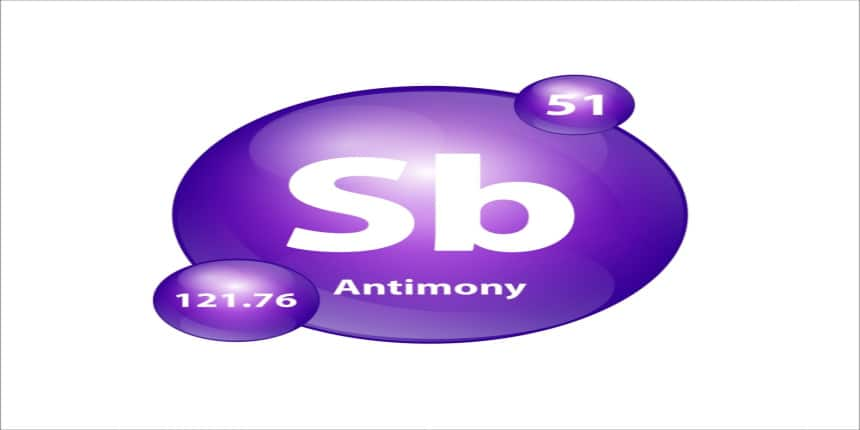SB Full Form
What is the full form of SB?
Antimony is a semi-metallic chemical element with the atomic number 51 and the letter Sb in the Periodic Table. Antimony is known as Stibium in Latin. It typically comes in two different types: metallic and non-metallic. Since ancient times, antimony compounds have been used as cosmetic ingredients. It is naturally present in the valentinite and stibnite ores of the Earth's crust. The non-metallic form will seem brittle and will be a dazzling silver colour, whereas the metallic form will be a grey powder. It is a poor conductor of heat and electricity. Antimony and its alloys have the unique property of expanding upon cooling.
- What is the full form of SB?
- Chemical Properties Of Sb
- Uses Of Sb
- Health Effects Of Sb

Chemical Properties Of Sb
Symbol | Sb |
Atomic Number | 51 |
Atomic Mass | 121.760 g.mol^{-1}
|
Group | 15 |
Period | 5 |
Block | p |
Uses Of Sb
Some semiconductors, including infrared detectors and diodes, are made using pure Antimony.
Lead is hardened and made more durable using it.
Antimony is used in batteries to ensure smooth operation.
It is also used to create bullets and small arms.
It works well as a flame retardant.
Health Effects Of Sb
Eye, skin, and lung irritation can result from prolonged exposure to relatively high antimony concentrations (9 mg/m3 of air). As the exposure goes on, more severe health impacts like lung conditions, heart issues, stomach ulcers, severe vomiting, and diarrhoea may develop.